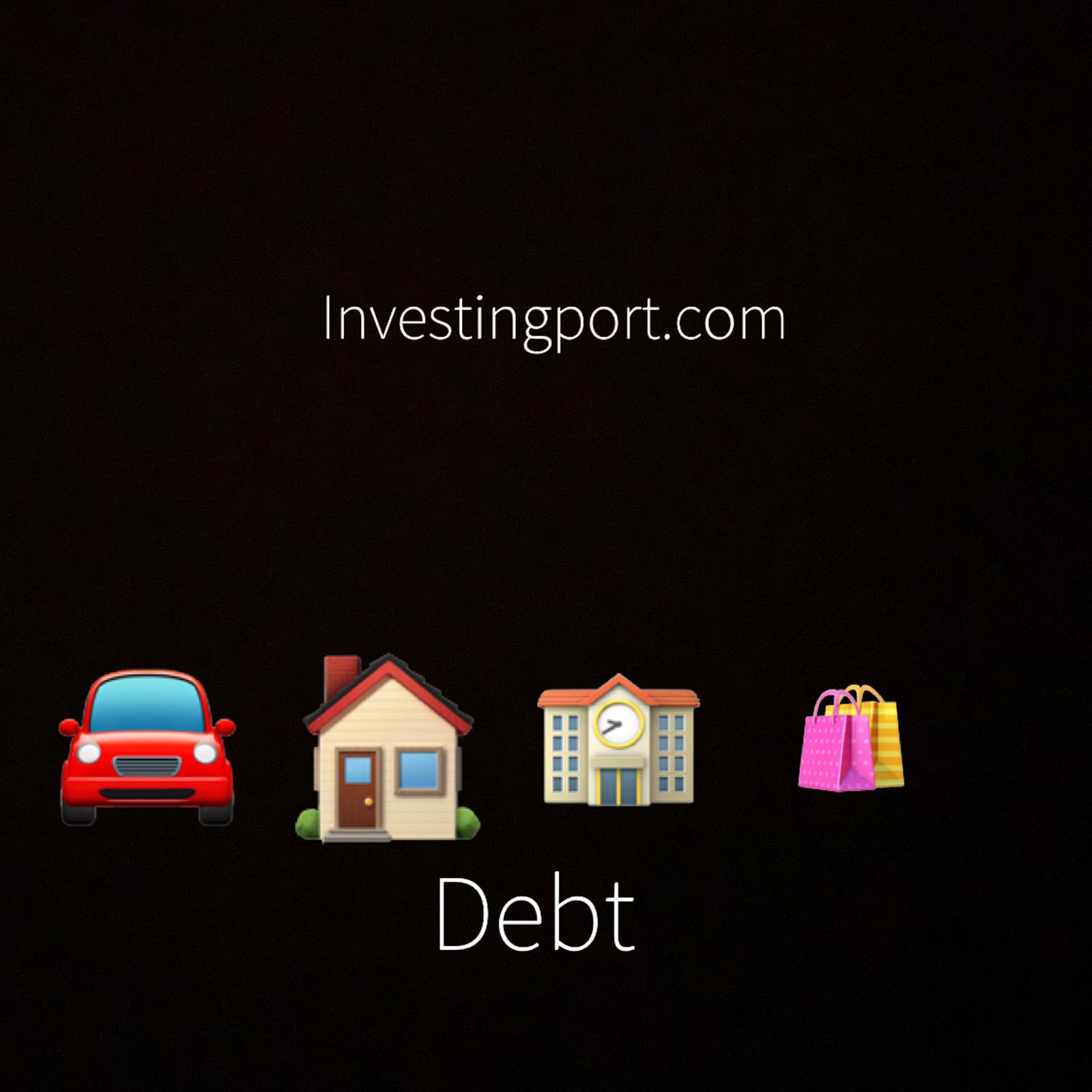Bad Credit
- Posted on February 05, 2020
- Financial Terms
- By Glory

What is a Bad Credit?
Bad credit is a historical bad report on a person's debt payment. The record states the person's inability to pay his or her debt when it was expected and the likelihood that such a person might repeat the same thing in the future. This report is often shown on a low credit score.
Bad credit does not only involve an individual, companies and business organizations can also have bad credit as a reflection of their payment history and their current financial conditions. A person, company or business organization with bad credit records would find it difficult to borrow especially during competitive interest because they are seen as riskier than other borrowers.
How Does Bad Credit Work?
Usually in America, when a person or a business organization borrow money or sign up for a credit card, a credit file at one or more of the three major credit bureau would be opened on behalf of the person or company. The three major credit bureau include Experian, Equifax, and Trans Union. Information involving how much they borrow and when they would pay would be filled in the document. Also the time the borrower is expected to pay and when he or she pay would also be recorded. This formation is later computed on a credit score to show the borrower'sq+ creditworthiness. The commonest credit score in America is Fair Isaac Corporation (FICO).
Generally, FICO comprises five main elements.
35%-payment history.
This is the greatest among all the elements. It is used to check the time the borrower pays his or her debt. When one or two days is missed, this is counted and recorded.
30% total amount an individual owes
This entails mortgages, car loans, credit card balances, court judgment, any bills in collections and so on. The most important information here is the person's credit utilization ratio which is used to determine how much the borrower owes.
15% length of a person's credit card
10% mix of credit type
10%-new credit type.
Examples of Bad Credit
The score used by FICO ranges from 300 to 850. Borrowers who score below 579 are considered as bad creditors and risky to lend money. A score between 580 to 669 is considered as fair as borrowers are less likely to be delinquent in making payments. Although borrowers in this category can also face high-interest rates and troubles while trying to secure a loan, there is a greater chance of qualification for a loan than the first category. Borrowers that are closed to 850 are considered as good for a loan.
How To Improve Bad Credit
Set up automatic online payments
Ensure you do this on all your credit cards and loan. It would keep you notified of the time of payment and ensure you pay on time.
Pay your credit card debt
To achieve this, set up a realistic repayment goal and work with it. Pay above the minimum rate when you have the money. This would avoid having high credit card debts.
Check interest rate disclosures
All credit card account provide these disclosures. Let your focus be on paying off the highest interest debt as fast as you can.
Keep unused credit card account open.
Do not close any of your unused credit card account. Also, do not open new ones that you won't be making use of. Any of these two moves can damage your credit card score.


Be the first to comment!
You must login to comment